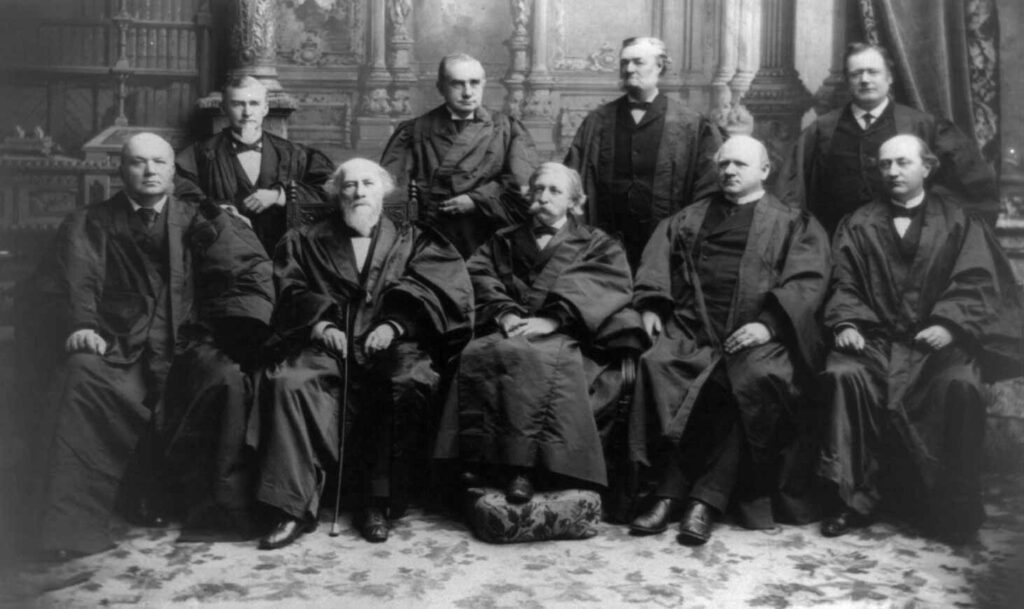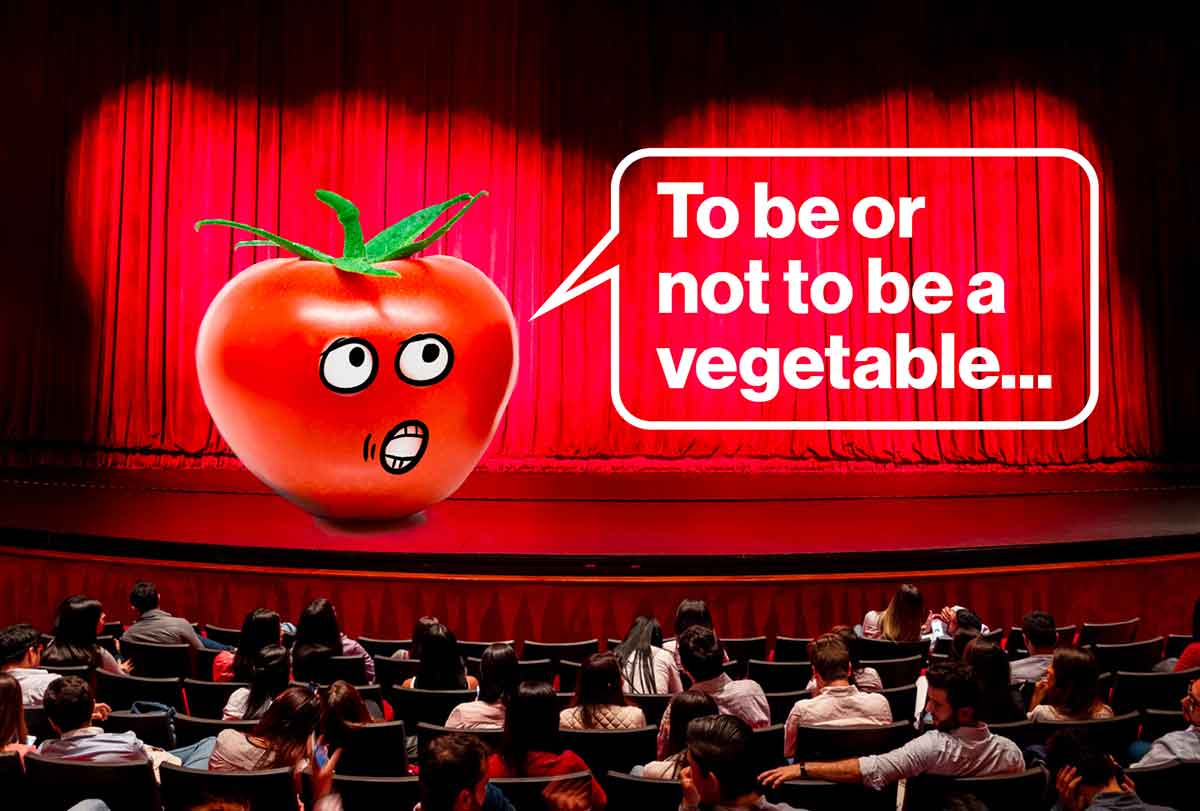Justice Jackson: History Maker
The United States Senate has voted to confirm Ketanji Brown Jackson to the nation’s highest court.

Kevin Lamarque—Pool photo/Getty Images News
It’s official: Judge Ketanji Brown Jackson will serve as a justice on the Supreme Court, the highest court in the United States. The U.S. Senate confirmed Jackson on April 7 by a vote of 53-47. Jackson will be the first Black woman ever to serve on the Supreme Court.
The nine Supreme Court justices have some of the most powerful jobs in the United States. Together, the justices hear about 80 cases every year. They consider whether laws are constitutional, meaning they decide if laws are fair based on what the U.S. Constitution says. Justices have the power to overturn, or reverse, decisions made by lower courts.
The justices don’t always agree on the cases they hear. In fact, they have very different ideologies, or opinions about issues. They make decisions by taking a vote.
How do you become a Supreme Court justice? Potential justices are nominated by the president before the Senate votes on whether they should get the job. Nominees are usually chosen based on their experience as a lawyer and a judge. Presidents usually select nominees who have legal opinions similar to their own.
Jackson has had a long career in the law. She grew up in Florida, where both of her parents were teachers before her father became a lawyer and her mother became a school principal. Jackson attended Harvard University and Harvard Law School. After graduation, she worked as a law clerk for Supreme Court Justice Stephen Breyer, assisting him with research and other work that justices do before reaching decisions. Jackson also worked as a lawyer and then a judge. In 2021, Jackson became a judge on the U.S. Court of Appeals for the D.C. Circuit, the second most powerful court in the nation.
Like all Supreme Court justices, Jackson will have her job for life, unless she decides to retire. Her legal decisions and opinions will have an important influence on many aspects of life in the United States.
Want to learn more about Ketanji Brown Jackson?


